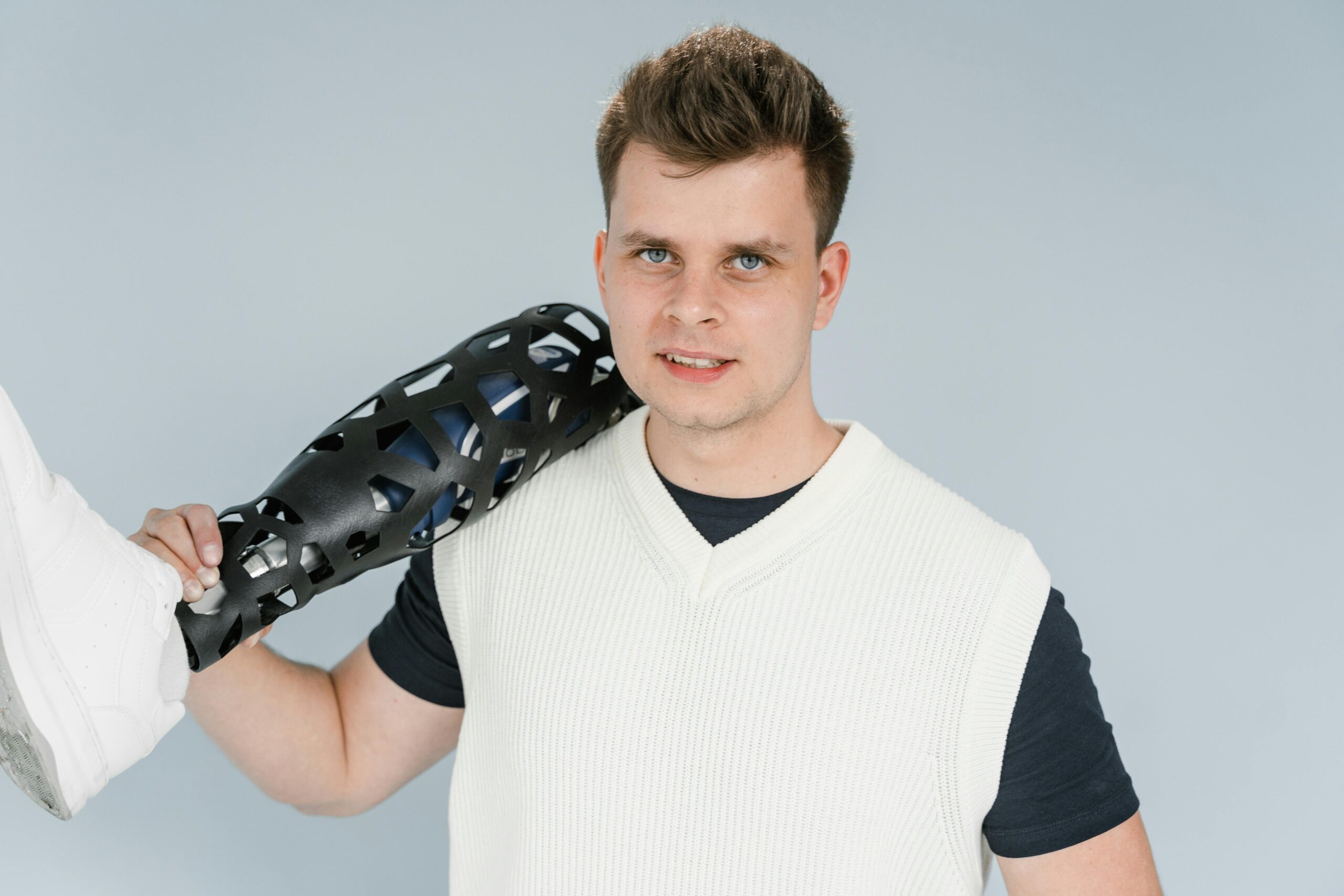Surgeons can now practice complex operations on exact replicas while patients can get customized prosthetics.
The uses of this technology are growing every day but it’s in healthcare t hat it probably holds the most promise. The BBC reported how a cancer patient in Seoul, South Korea had received the world’s first 3D printed windpipe transplant made from another person’s stem cells.
While 3D printing for organs is still developing, the technology is driving other life-saving innovations. For instance, it is being used to make exact replicas of organs like the heart so that surgeons can rehearse for complex surgeries. Customized 3d printed hip and knee implants are also revolutionizing the prosthetics industry.
“It has huge potential in the medical field, and we will be using 3D printing extensively in the near future.” A team that used the technology for a rare corrective surgery on a nine month old with a congenital heart defect. The infant’s pulmonary artery and aorta stemmed from the right ventricle instead of the left, making surgery highly complex and risky. The model could be taken apart like a puzzle and allowed surgeons to study every internal structure in detail before operating.
Launch 3D printing med tech start up Anatomiz3D, which provides customized organ, soft tissue and bone models to hospitals across India, including AIIMS, Lilavati Hospital, Max Hospital, and Apollo Hospital among others. “We have made customized 3D models for nearly 4,000 surgeries so far. Apart from surgical planning, these models assist in procedure simulations and medical education as well.” Anatomiz3D products include cranio-maxillofacial (face, neck, and scalp) implants and 3D models spanning multiple specialties such as orthopedics, neurosurgery, cardiology, oncology, pediatrics and more.
3D modelling greatly reduces surgery time. “Further down the road is bio-3D printing, where cells, tissues, and organs can be printed and used as replacements for defective body parts. Labs across the world are also using bio-printed cells and tissues to test potential medications.” Some hospitals are also using virtual reality-based 3D simulations to train medical professionals.
In India, 3D printed titanium implants are being used in many hospitals for complex bone surgeries, allowing for faster recovery and better integration with natural bone. “We apply 3D printing routine-surgeries. In recent years, we have successfully used the technology in over 100 cases, especially those with extensive deformity, failed previous surgery, or tumors needing customized implants.”
Researchers at China-based orthopedic firm Naton Biotechnology recently developed a breakthrough laser 3D printed total knee implant that is more durable and biocompatible. In India, 3D printed implants are used for complicated cases where standard implants fall. “We designed a patient-specific acetabular (hip bone socket ) implant using 3D printing. The patient got maximum mobility and pain relief.”
However, high cost remains the chief reason for 3D printing being underutilized in Indian hospitals. “Even the medical fraternity is largely ignorant about 3D technology benefits. Besides, we don’t have enough biomedical specialists to build these models.”
“We produce bones for approximately Rs 5,000, when the average market price is Rs 25,000. Through clinical conferences and tie-ups with hospitals, we bridge the gap between rural patients and advanced medical solutions, ensuring even those in non-metros can benefit from personalized treatments.”
WHAT IT HELPS WITH:
SURGICAL PRACTICE AND STIMULATION: Anatomical models allow surgeons to hone techniques prior to difficult procedures, minimizing surgery time.
CUSTOM IMPLANTS: Providing optimal fits for prosthetics with hip and knee implants customized to suit each patient’s anatomy.
BIOPRINTING: Allows living cells and tissue-like structures to be ‘printed’ layer by layer to mimic cell architecture in the body. Used in drug testing, to repair or replace damaged organs/tissues. Nature reported that Bengaluru’s Pandorum Technologies is bioengineering ‘liquid corneas’ to regenerate human ones.





